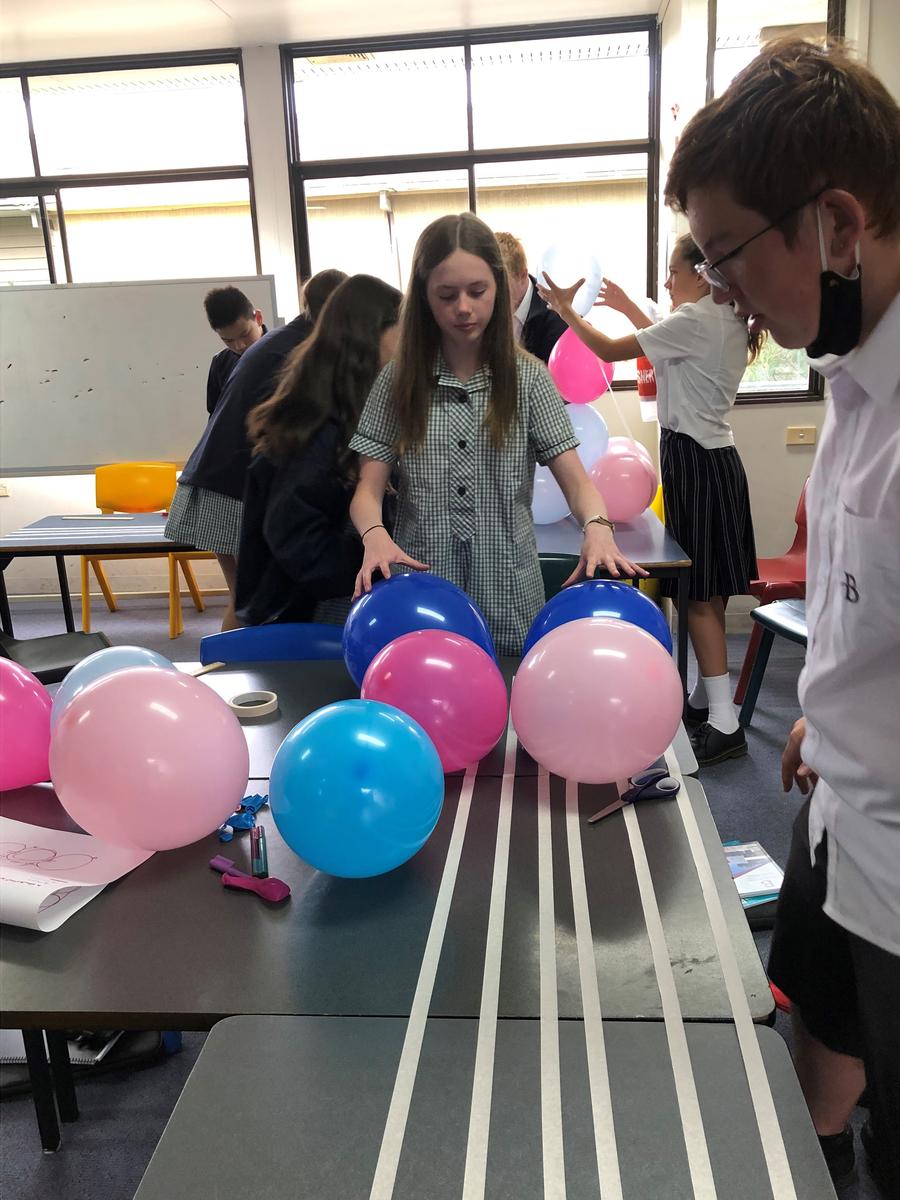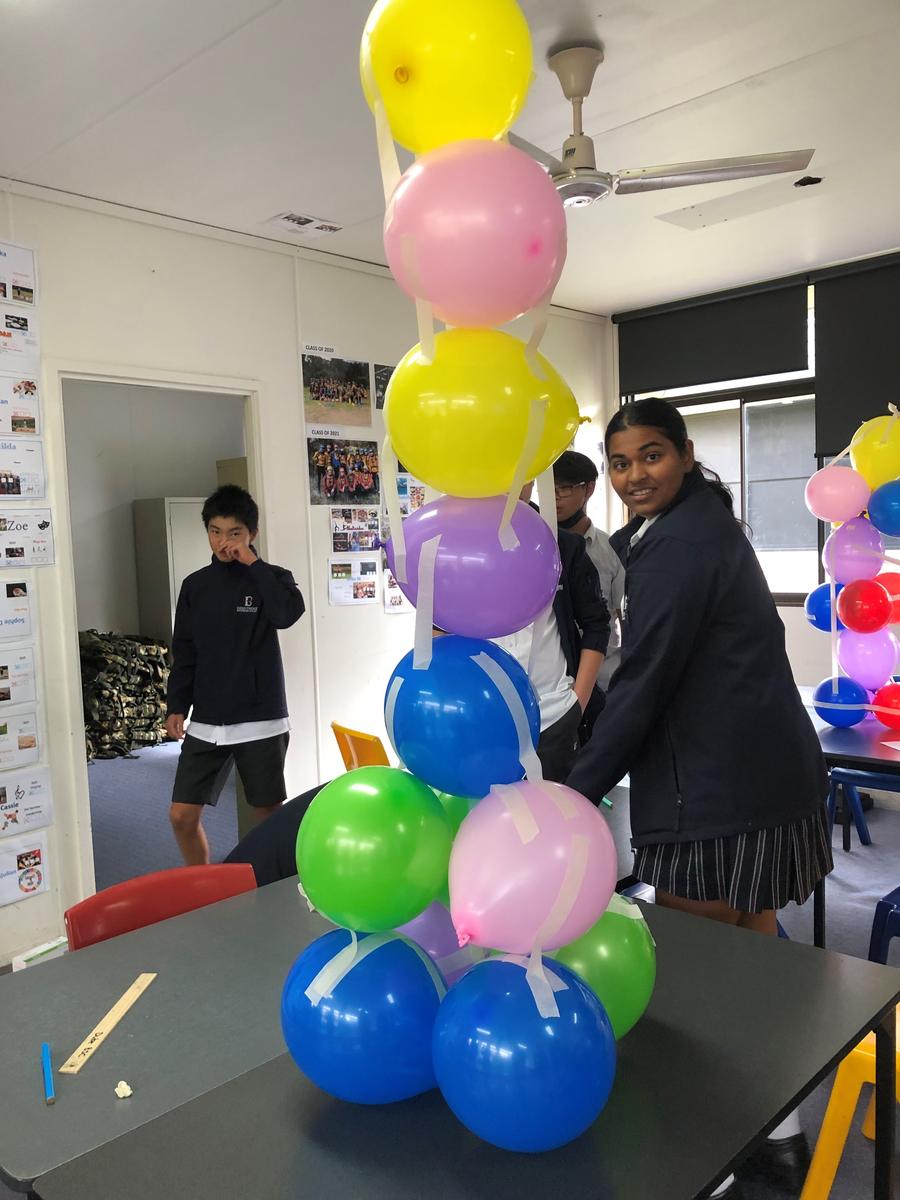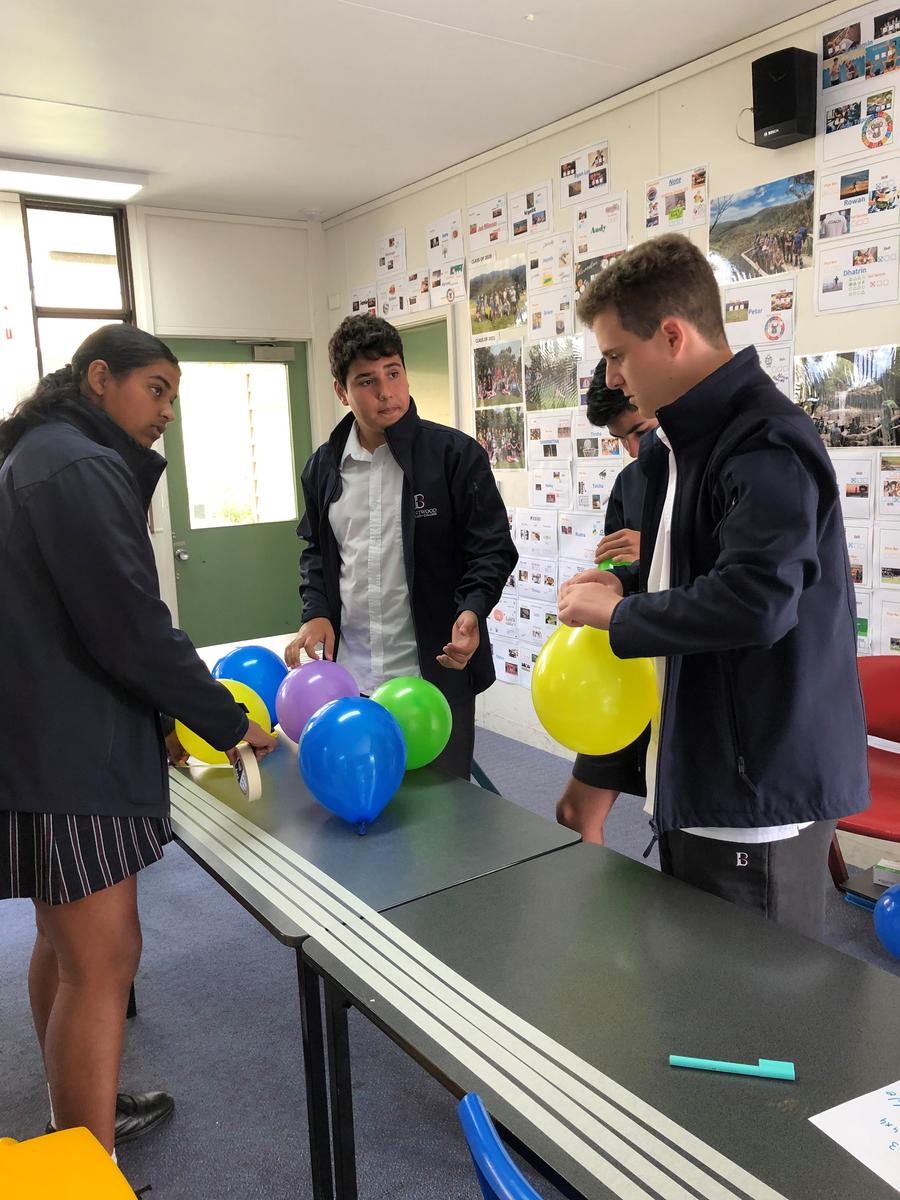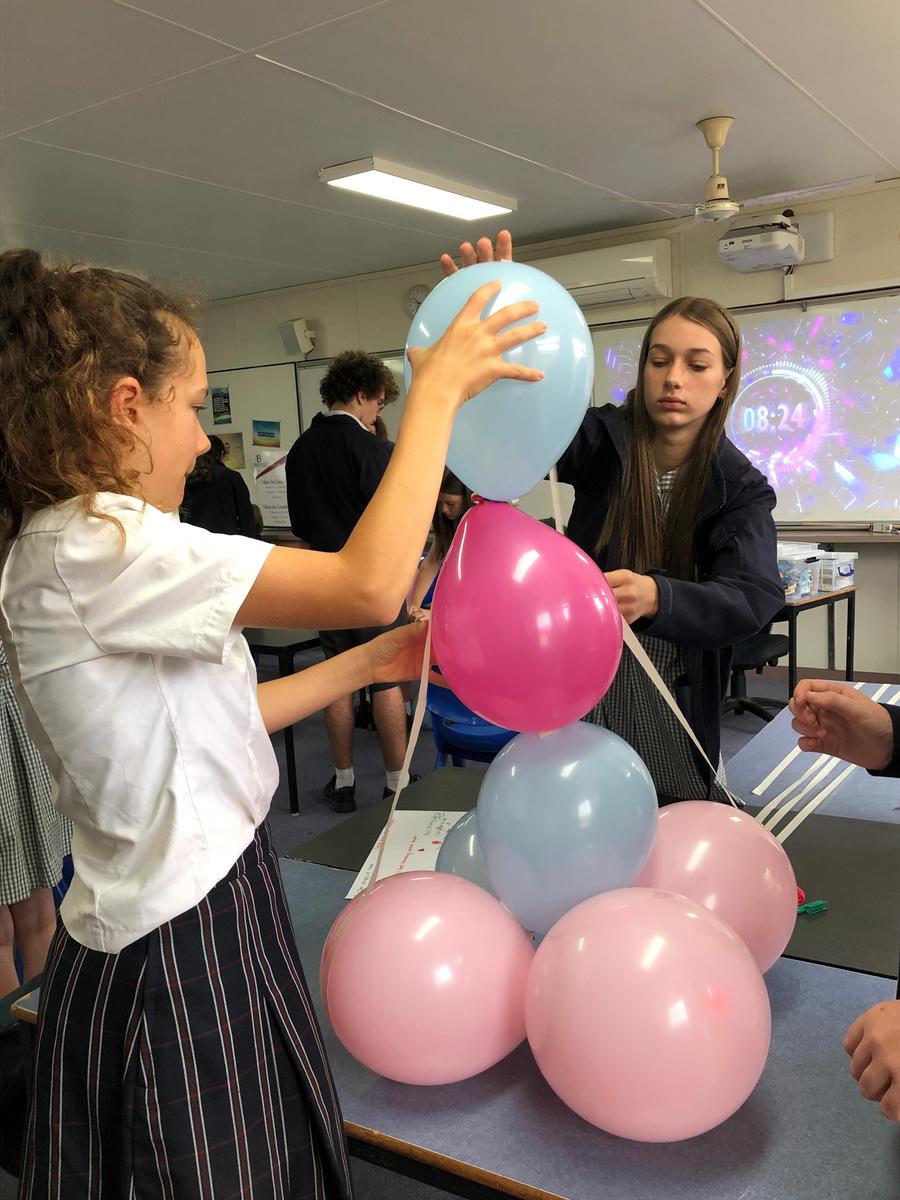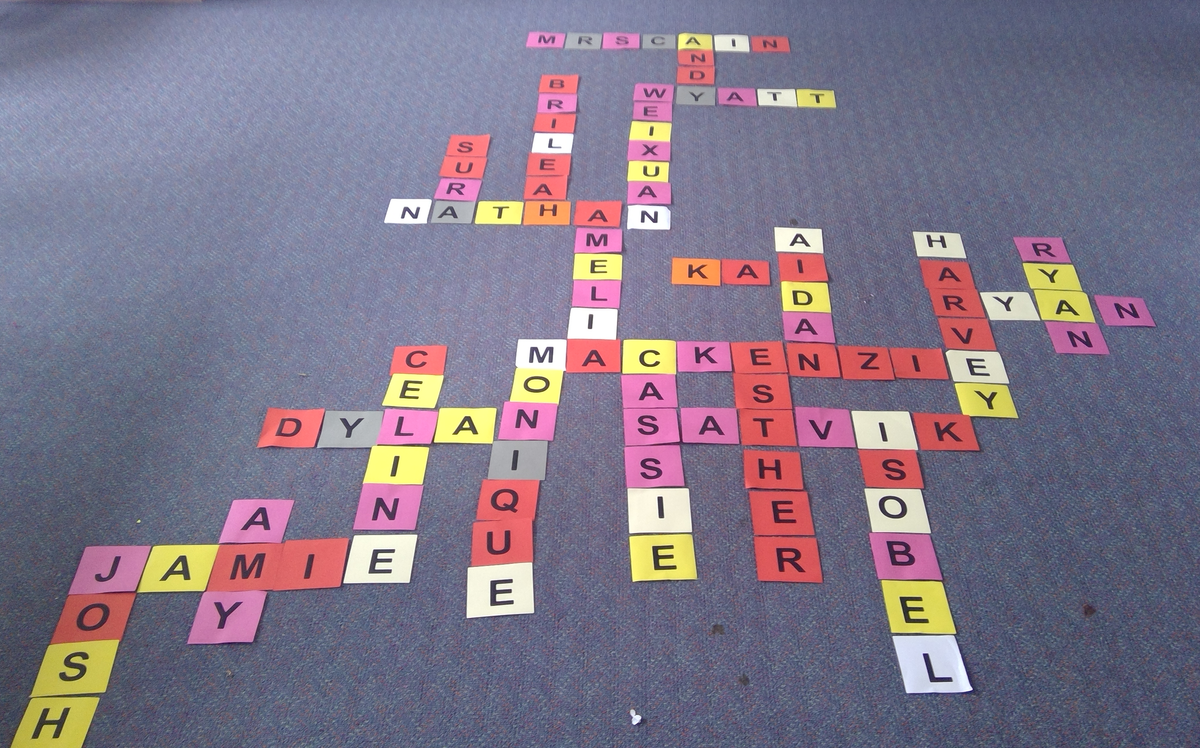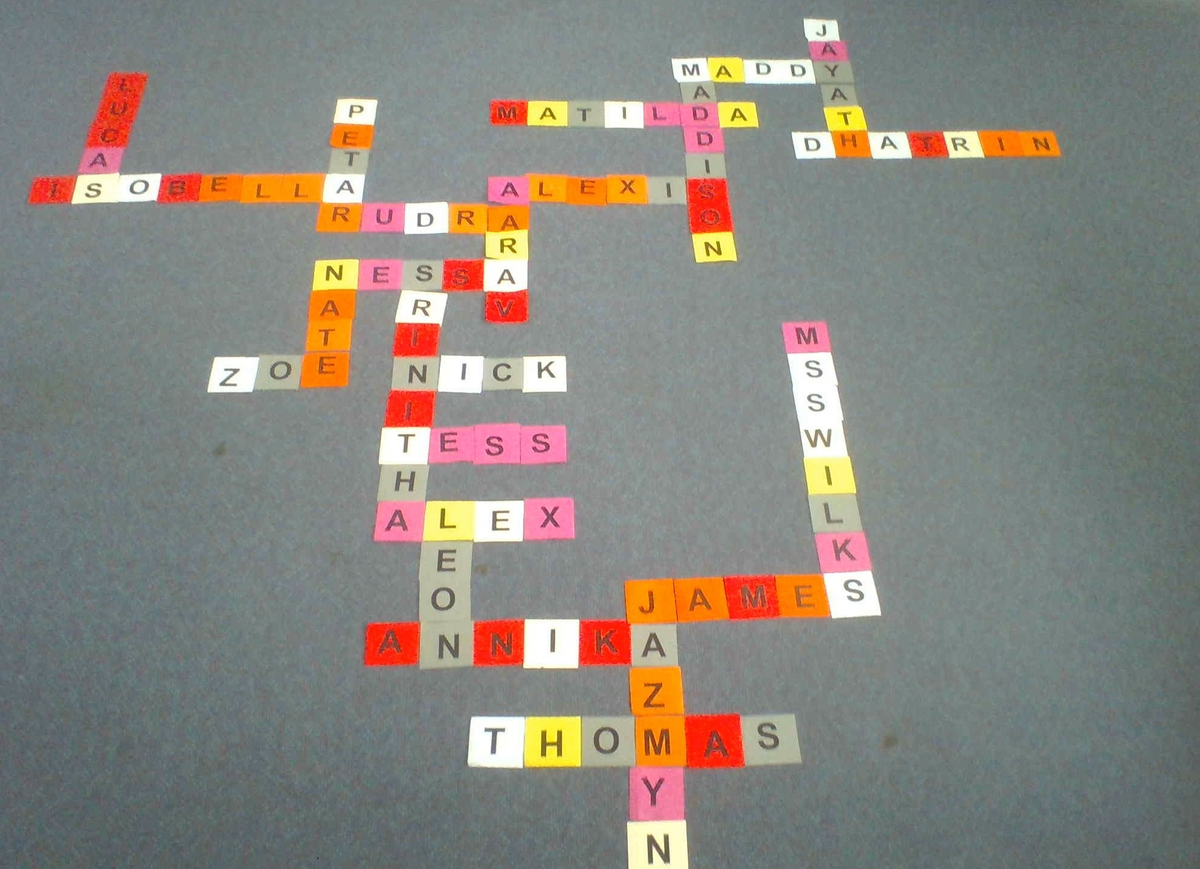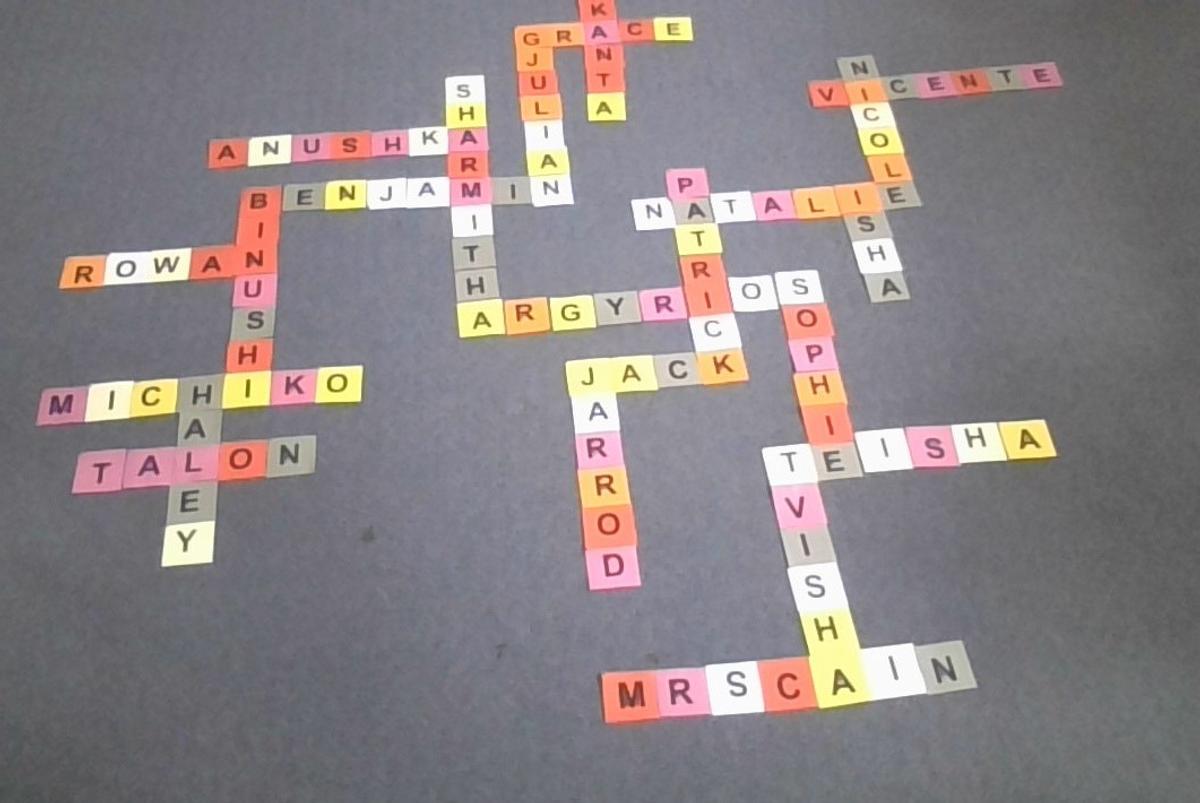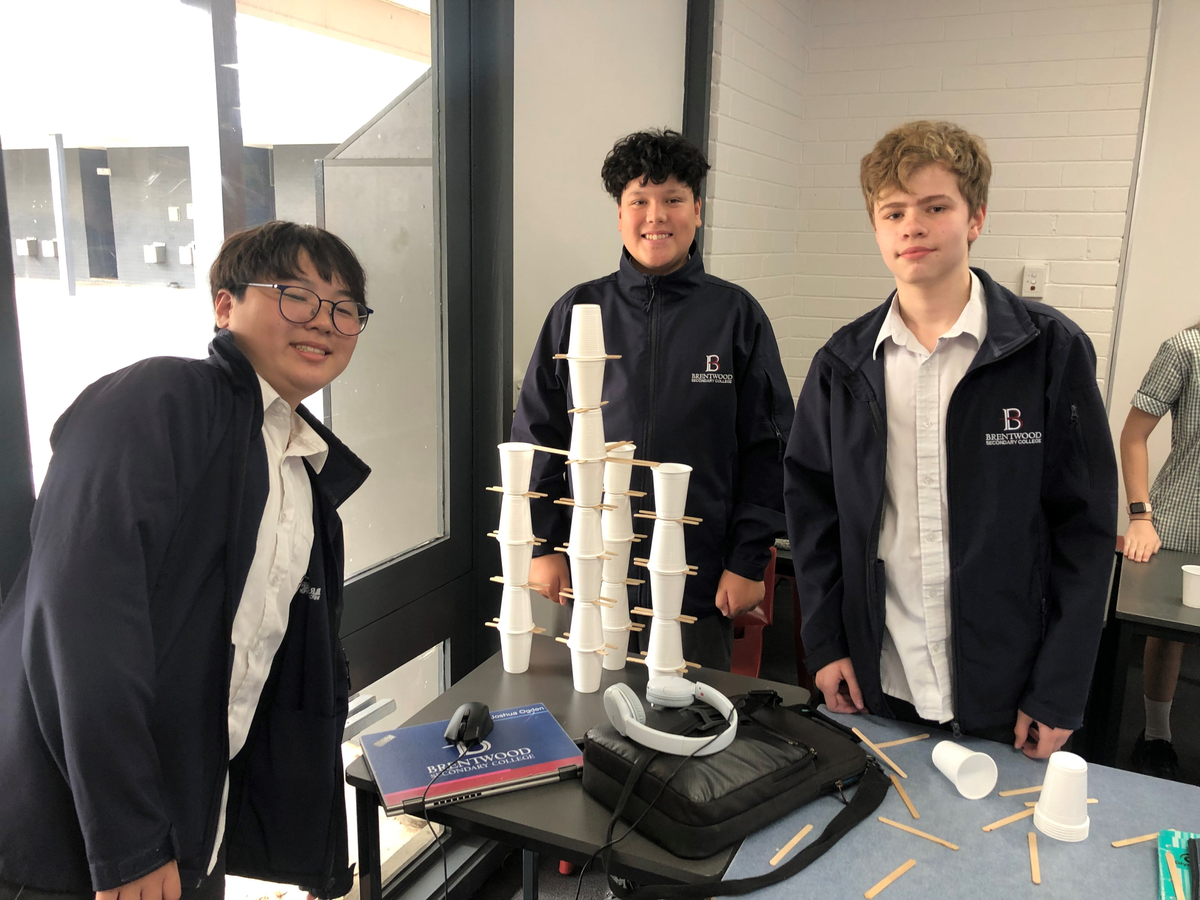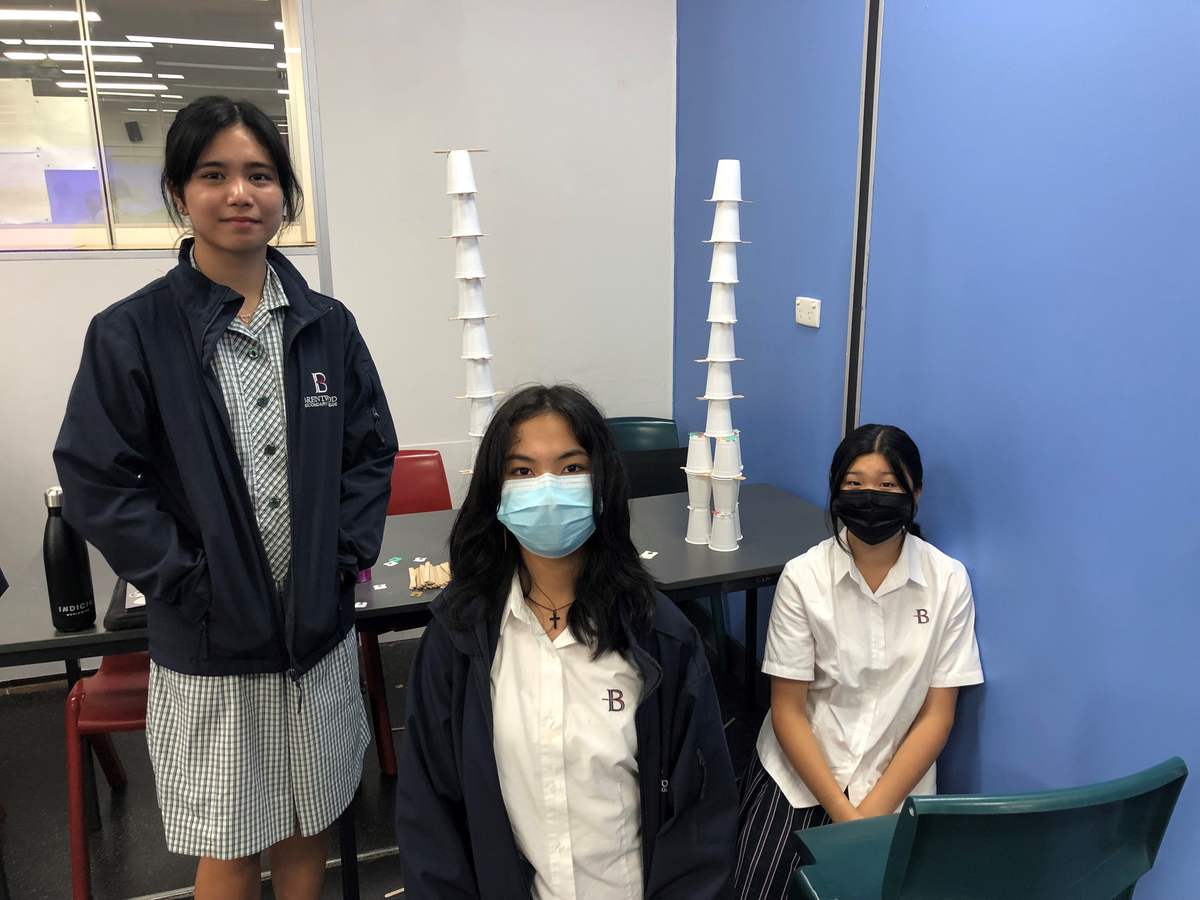Around The College

IDAHOBIT – May 17th
The Brentwood community will be celebrating the International Day Against Homophobia, Biphobia, Interphobia & Transphobia (IDAHOBIT) on Tuesday May 17th with live music at lunch time and a bake sale to raise funds to support LGBTIQ+ youth, alongside provide resources and support for young people on the day. All students and staff are welcome to join in the activities on the day. IDAHOBIT celebrates LGBTQIA+ people globally and raises awareness for the work still needed to combat discrimination. The Brentwood community feels strongly about ensuring the safety and inclusion of all students.
Duke Of Edinburgh
Participating in the Bronze Duke of Edinburgh program in Year 9 gives students the opportunity to develop a range of skills that are beneficial in everyday life.
During Term one, one of the skills we have focused on further developing is verbal communication. We were given a range of activities that tested our ability to communicate in partners, small groups, and larger groups. In addition, we developed our problem-solving skills. Problem-solving, by definition, is 'the process of finding solutions to difficult or complex problems.' Problem-solving enables us to identify varied options and opportunities regarding a specific problem and choose the most favourable outcome. It plays a crucial part in making everyday decisions. In class we learnt two techniques to assist with our problem-solving thought process called I.D.E.A and P.O.O.C.H.
P.O.O.C.H is an acronym; P stands for problem, in which you must identify the problem at hand. O stands for options, where you list your viable solutions to the problem. For the next O, you must recognise outcomes that come with said options, whether they are favourable or not. Lastly, the CH in POOCH stands for choose or choice, this is the final stage where you must choose the most suitable option for your problem, considering the outcomes. We applied our knowledge of P.O.O.C.H when constructing a balloon tower. We were split into groups of 4 and given 6 x 2m of masking tape, 12 balloons, scissors, and planning paper. The task’s aim was to build the highest freestanding tower. Using POOCH, we planned out our problem, options, and outcomes, which guided us to choose the best viable option.
Another activity that tested our verbal communication and problem-solving skills was creating a class crossword. Our task was to create a crossword using the letters which spelt out our names, making sure everyone in the class had their name in the crossword. Working as a class, we discussed how we would make everyone’s name fit. We opted to start with those who have a longer name and then place everyone's name one by one, descending from longer to shorter names. We had dedicated selected people to guide the people positioning their names down. Meaning we were not all shouting different instructions. In the end, we put together a crossword quite easily, this was only possible because of the communication and problem-solving skills we used. Communicating to one another, identifying a problem, and then thinking as a group to solve it ensured we worked effectively and made the task easier.
As part of the Bronze Duke of Edinburgh Award, students will partake in two adventurous journeys. During these two journeys we will be given the opportunity to apply both our verbal communication and problem-solving skills in a bush setting. These skills will be important for our hiking groups to navigate ourselves to our campsites, set up our camp and increase the overall enjoyment of our experience.
Isha Dabke, Year 9 Duke of Edinburgh Student
Digital Technologies
This week in Digital Technologies, we have been looking at variables and how they are formed. In addition to explaining how variables work, we had a plastic cup challenge – The idea to make the tallest tower using cups, paddle pop sticks, bread ties and rubber bands. The one requirement was that the cups were not allowed to directly touch each other!
The goal was to make the highest tower using only those items. Getting there could take many different forms, and not all designs (or variables) were the same, but at the end we all were dedicated to achieving the common goal. Some towers collapsed but were rebuilt and designed using different variables that improved the overall structure and design of the tower.
By incorporating practical elements into the curriculum, it gives students a real ‘hands on’, practical and visual demonstration of how variables work, and how continual improvements can be made. It’s a great base for improving the understanding of something you can’t really see when you’re playing a computer game, where the goal is to get the highest score, or gain bonus points, travel the furthest distance or get as many tasks completed in a set period of time.
Variables come in many forms such as a score, a name, a character’s ability, and by completing practical tasks such as this helps and reinforces understanding and insight as to how variables fit in to everyday life.
Thanks goes to Clayton Edwards for organizing all the equipment to run this successful program.
Chris Barry, Digital Technologies


